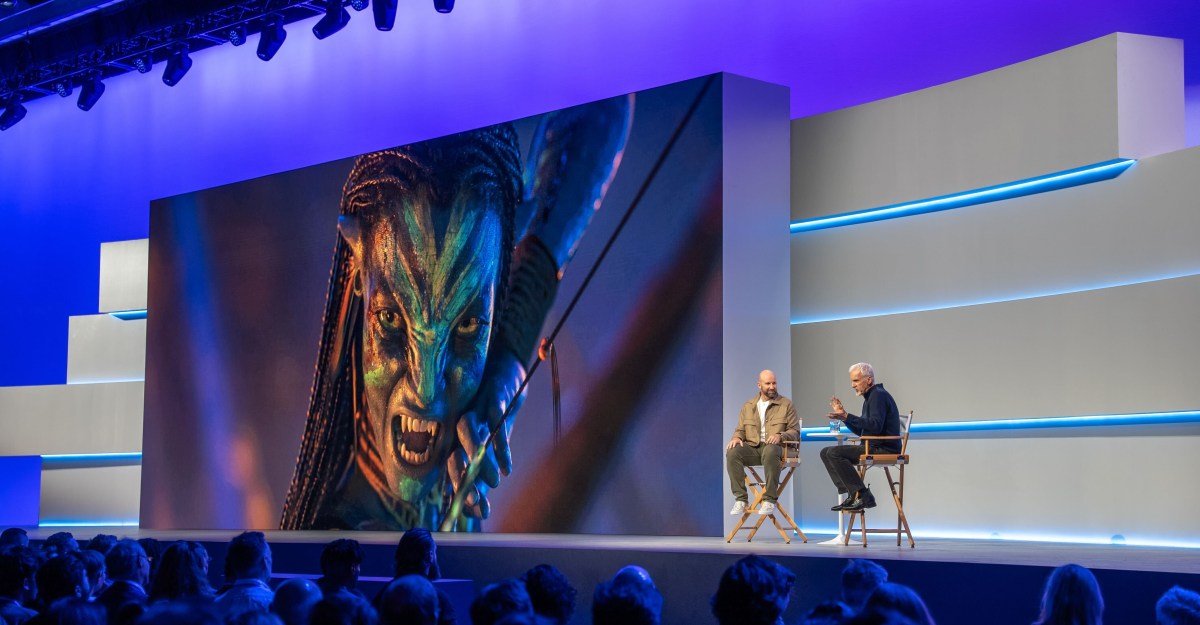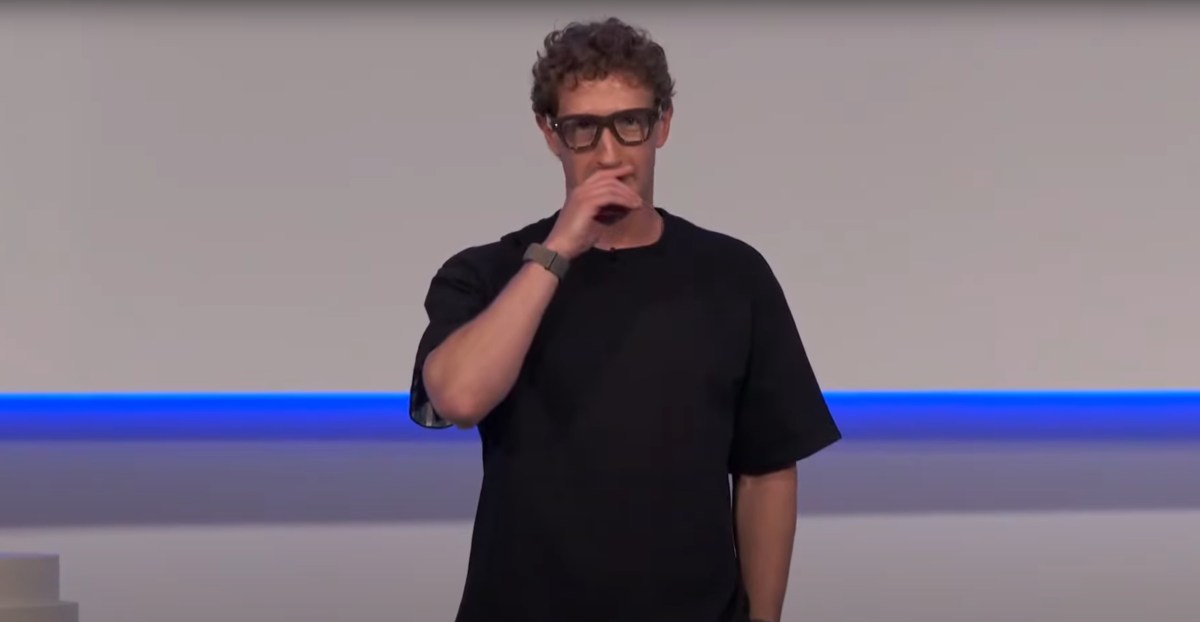
James Cameron on AI and Mixed Reality: A Frame-Centric Vision With 3D VR in Quest
Sources: https://www.theverge.com/column/780942/james-cameron-andrew-bosworth-ai-mixed-reality-headsets, The Verge AI
TL;DR
- James Cameron and Andrew Bosworth outline a shared ambition to advance stereoscopic, framed 3D storytelling in mixed reality headsets.
- Meta and Cameron’s Lightstorm Vision are collaborating to bring 3D entertainment to Quest, starting with Avatar 3 content via the Horizon TV app.
- Cameron warns that generative AI can be creatively powerful but cannot replace the unique lived experiences of individual artists; his approach favors custom AI models integrated into existing VFX workflows.
- The conversation highlights headset advantages over 3D TVs, including higher brightness, better resolution, and higher refresh rates that enable immersive, studio-grade experiences.
- For developers and studios, the dialogue points to new avenues for production efficiency and accessible entry points through AI, while preserving human collaboration. In a keynote conversation at Meta Connect, James Cameron and Meta CTO Andrew Bosworth discussed how mixed reality headsets could unlock a renewed, frame-based approach to 3D storytelling. The discussion centered on a multiyear partnership between Meta and Cameron’s Lightstorm Vision to bring stereoscopic entertainment to Quest headsets, with the first tangible result being an exclusive Avatar 3 clip available through Horizon TV. This article draws on their remarks and the broader interview published by The Verge.
Context and background
In December, Meta announced a multiyear collaboration with James Cameron’s Lightstorm Vision aimed at expanding stereoscopic content for Quest headsets. The partnership seeks to bridge Cameron’s decades-long exploration of 3D storytelling with Meta’s immersive hardware, enabling a new channel for distribution and production in mixed reality. Cameron joined Meta CTO Andrew Bosworth on stage at Meta Connect to reveal an early outcome: Quest owners can preview Cameron’s Avatar 3 through the headset’s Horizon TV app. The Verge captured an extended conversation around why stereoscopic production matters, how it differs from traditional 3D TVs, and Cameron’s evolving views on generative AI. The Verge. Cameron’s framing is anchored in a long-standing belief in stereoscopic media as a natural vehicle for storytelling. He described a career-long pursuit of a rectangular, filmic frame that guides attention and memory, a concept he says maps to a century of cinematic vocabulary used across cultures. Bosworth added that recent headset technology—specifically improvements in resolution, brightness, and refresh rate—now makes immersive, stereo-rich viewing a practical alternative to traditional TV viewing. The pair also contrasted current VR storytelling trends, which often push interactivity, with Cameron’s emphasis on a framed, lean-back experience that leverages depth rather than forcing the viewer into the center of the action.
What’s new
The latest milestone in this collaboration is the exclusive Avatar 3 clip access via Horizon TV on Quest. Cameron and Bosworth showcased how stereoscopic production could be deployed for episodic and feature-length content, bridging Cameron’s cinematic sensibilities with a new distribution channel built into Meta’s XR devices. Cameron highlighted that mixed reality headsets deliver a more consistent and high-quality stereoscopic experience than early 3D TVs, citing brightness, resolution, and the potential for immersive depth as key differentiators. The discussion also touched on the relevance of a long-standing cinematic vocabulary—how a rectangular frame continues to structure perception and memory, even as new display technologies expand the possibilities for storytelling in XR. On the topic of generative AI, Cameron explained that the cost tensions in modern VFX demand solutions that can streamline production without sacrificing craft. He favors the creation of specialized generative AI models that can be injected into existing VFX workflows, rather than a blanket text-to-video tool. He emphasized that his interest lies in mainstream, high-end production, where AI could boost throughput without eliminating jobs or reducing artistic collaboration. He acknowledged Stability AI as a source of generative AI work he’s encountered, but cautioned that AI cannot replace the unique lived experiences and emotional depth that human creators bring to storytelling. In this view, AI is to be used in service of the creative process, not as a substitute for it. The Verge.
Why it matters (impact for developers/enterprises)
- A frame-focused approach to stereoscopic storytelling could redefine how content is produced for XR platforms, offering a more cinematic experience within mixed reality headsets. This aligns with Cameron’s advocacy for a long-standing cinematic vocabulary applied to new display modalities.
- The partnership reinforces the potential for high-end 3D content on consumer hardware, suggesting studios may increasingly target XR-native distribution channels alongside traditional theaters and flat-panel streaming. Horizon TV as a delivery surface could become a focal point for batch stereoscopic releases and episodic formats.
- Generative AI discussions point toward production workflows that balance automation with artist involvement. Cameron’s stance indicates a path where custom AI models assist VFX pipelines while preserving artist-led decision making and live-action collaboration.
- For developers, there’s an implied opportunity to build tools and plugins that integrate into existing VFX workflows, enabling more efficient production cycles and broader access to stereoscopic content creation without fundamentally altering the industry’s human-centric core.
Technical details or Implementation
- Display and immersion: Bosworth notes that current headsets offer resolution, brightness, and refresh rates that exceed what audiences typically saw on 3D TVs, enabling a more reliable, high-quality stereoscopic experience in XR. The headset’s capabilities are positioned as a differentiator from early 3D TV experiences, which suffered from brightness and depth issues. The goal is to deliver a consistently outstanding experience in a headset environment.
- Framing and storytelling: Cameron emphasized the rectangular frame as a cognitive and narrative tool that directs the eye and aligns with how memory and perception are structured. He argues that this 100+-year cinematic vocabulary remains relevant when adapted to immersive displays, and that episodic and long-form content can leverage stereoscopic depth within that frame. The two also discussed how episodic television in stereoscopic form could unlock new distribution possibilities that prior formats did not support.
- Stereoscopic production for XR: The collaboration centers on producing stereoscopic content specifically designed for mixed reality headsets, with Lightstorm Vision applying its expertise to create material appropriate for immersive devices and the Horizon TV distribution channel.
- Generative AI in VFX workflows: Cameron described a pragmatic approach to AI for film and show production. Rather than relying on a generic text-to-video tool, he envisions specialized AI models tailored to the needs of VFX pipelines. The aim is to increase throughput while preserving artistic craft and ensuring that human talent remains central to the storytelling process. He suggests that AI could enable entry-level creators to participate in Hollywood workflows, but cautions that the core creative act—capturing unique human experiences—cannot be outsourced to AI. He also stressed the importance of not eliminating actors and continuing collaboration among artists.
- Stability AI and broader AI tooling: The discussion references Stability AI and other AI developers as part of the broader ecosystem Cameron has encountered through his industry work. The implication is that toolmakers who can integrate with traditional production pipelines will be most valuable in the near term.
Key takeaways
- The Cameron–Bosworth dialogue reinforces a clear commitment to stereoscopic, framed storytelling in mixed reality headsets as a pathway to richer 3D content.
- Avatar 3 content will be accessible to Quest users via Horizon TV, marking a tangible early product of the Lightstorm–Meta partnership.
- High-quality VR experiences depend on headset display capabilities, such as brightness, resolution, and refresh rate, which address limitations seen in earlier 3D TV formats.
- Generative AI is viewed as a tool to augment, not replace, human artists. The emphasis is on custom models integrated into VFX workflows to improve productivity while preserving creative control.
- For the industry, these insights suggest new production pipelines and distribution channels that center on stereoscopic content and XR-native storytelling, with potential implications for how studios evaluate AI-enabled workflows.
FAQ
-
What is the Horizon TV app in this context?
Horizon TV is the Quest app through which Quest owners can watch an exclusive Avatar 3 preview clip as part of the partnership’s first results.
-
How does Cameron view AI in filmmaking?
He sees generative AI as a potential productivity boost when used to create specialized models that integrate with existing VFX workflows, not as a magic wand or a replacement for human artists.
-
Will AI replace actors according to Cameron?
He says he does not want to replace actors and believes the unique lived experiences of individuals cannot be replicated by AI, though AI can support the creative process.
-
Why are headsets considered better for stereoscopic content than 3D TVs?
The discussion notes higher brightness and improved resolution and refresh rates in modern headsets, enabling a more consistent and immersive stereoscopic experience compared to early 3D TV implementations.
References
More news
First look at the Google Home app powered by Gemini
The Verge reports Google is updating the Google Home app to bring Gemini features, including an Ask Home search bar, a redesigned UI, and Gemini-driven controls for the home.
Meta’s failed Live AI smart glasses demos had nothing to do with Wi‑Fi, CTO explains
Meta’s live demos of Ray-Ban smart glasses with Live AI faced embarrassing failures. CTO Andrew Bosworth explains the causes, including self-inflicted traffic and a rare video-call bug, and notes the bug is fixed.
OpenAI reportedly developing smart speaker, glasses, voice recorder, and pin with Jony Ive
OpenAI is reportedly exploring a family of AI devices with Apple's former design chief Jony Ive, including a screen-free smart speaker, smart glasses, a voice recorder, and a wearable pin, with release targeted for late 2026 or early 2027. The Information cites sources with direct knowledge.
Shadow Leak shows how ChatGPT agents can exfiltrate Gmail data via prompt injection
Security researchers demonstrated a prompt-injection attack called Shadow Leak that leveraged ChatGPT’s Deep Research to covertly extract data from a Gmail inbox. OpenAI patched the flaw; the case highlights risks of agentic AI.
How chatbots and their makers are enabling AI psychosis
Explores AI psychosis, teen safety, and legal concerns as chatbots proliferate, based on Kashmir Hill's reporting for The Verge.
Google expands Gemini in Chrome with cross-platform rollout and no membership fee
Gemini AI in Chrome gains access to tabs, history, and Google properties, rolling out to Mac and Windows in the US without a fee, and enabling task automation and Workspace integrations.





